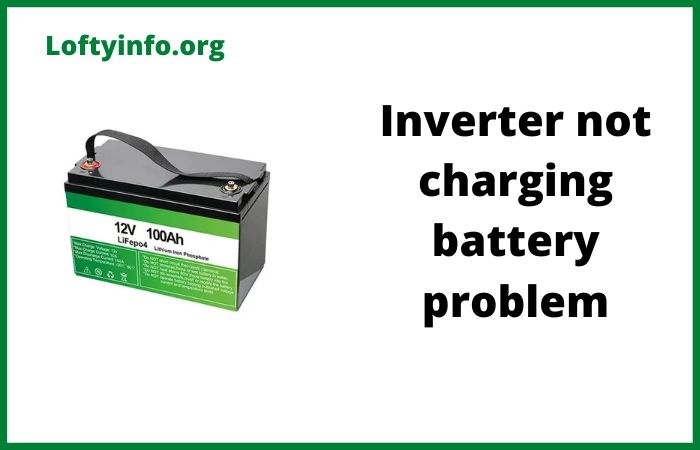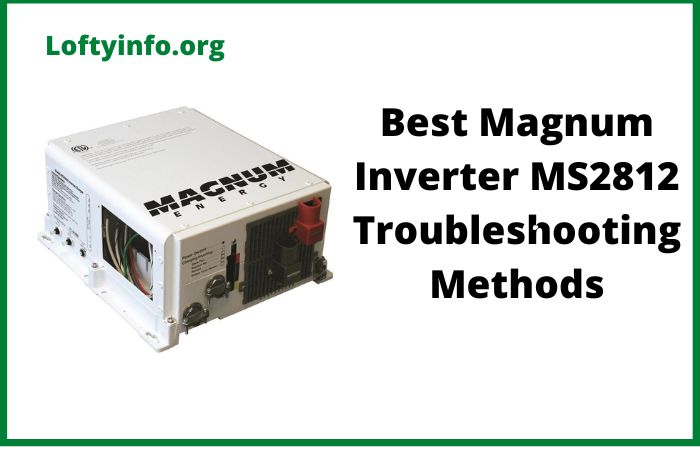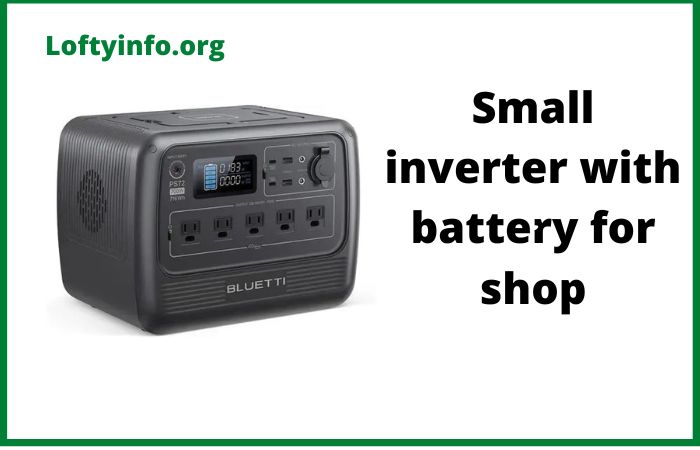Inverter Not Charging Battery Problem: Causes And Solutions
Your inverter switches on perfectly during power outages but the battery drains faster than usual.
You notice the charging indicator light behaving strangely or not lighting up at all. These warning signs point to one frustrating problem: your inverter has stopped charging the battery properly.
This issue can leave you without backup power exactly when you need it most and may even damage your expensive battery if left unresolved.
Understanding why your inverter fails to charge the battery is the first step toward restoring your reliable power backup system.
Let me walk you through the most common causes and their solutions.
Why Inverter Is Not Charging Battery
1. Faulty or Corroded Battery Terminals
Battery terminals serve as the critical connection point between your inverter and battery. Over time these metal connectors accumulate a white or greenish powdery substance called corrosion.
This buildup acts as an insulator and prevents proper electrical contact between the charging circuit and battery cells.
Loose terminal connections create another common problem. When terminals are not tightly fastened the electrical resistance increases significantly.
This resistance prevents the charging current from flowing efficiently into the battery. You might notice intermittent charging where the battery charges for a while and then stops completely.
The solution involves careful cleaning and proper reconnection.
First switch off your inverter and disconnect the battery terminals starting with the negative terminal.
Use a wYou can apply a mixture of baking soda and water to neutralize any acid buildup.
After cleaning thoroughly dry all surfaces and reconnect the terminals tightly. Apply a thin layer of petroleum jelly or terminal grease to prevent future corrosion.
2. Battery Has Reached End of Life
Batteries have a limited lifespan that typically ranges from 3 to 5 years depending on usage patterns and maintenance.
As batteries age the internal chemical reactions that store and release energy become less efficient.
The lead plates inside the battery develop sulfation where lead sulfate crystals permanently coat the plates and reduce the battery capacity.
An old battery may accept charge initially but cannot hold it for long.
You will notice that the charging time becomes unusually short and the backup time decreases dramatically.
The battery might also show signs of physical deterioration such as a swollen case or leaking acid.
Testing the battery age and condition helps determine if replacement is necessary. Check the manufacturing date printed on the battery label.
If your battery is older than 4 years and showing performance issues it likely needs replacement.
You can also perform a voltage test using a multimeter. A fully charged 12V battery should read between 12.6 and 12.8 volts.
If your battery shows significantly lower readings even after a full charging cycle it has probably degraded beyond recovery.
Professional battery load testing at a service center provides the most accurate assessment of battery health.
3. Damaged or Malfunctioning Inverter Charging Circuit
The charging circuit inside your inverter contains electronic components that regulate the flow of electricity to your battery.
This circuit includes transformers, rectifiers, capacitors and control boards that work together to convert AC mains power into the DC charging current your battery needs.
Component failure within this circuit stops the charging process completely.
A blown fuse in the charging section cuts off power supply to the battery. Damaged rectifier diodes prevent AC to DC conversion.
Failed capacitors cause voltage fluctuations that make charging unstable.
The control board that monitors battery voltage and adjusts charging current can also develop faults due to power surges or overheating.
Diagnosing charging circuit problems requires technical expertise. Look for visible signs like burnt components, melted wires or a burning smell from the inverter.
Check if the cooling fan operates properly because overheating damages internal circuits. The charging indicator light behavior provides clues too.
If it does not light up at all the problem likely exists in the power supply section. If it blinks erratically the control circuit may be faulty.
Contact a qualified inverter technician to test and replace damaged components.
Attempting DIY repairs on the charging circuit without proper knowledge can be dangerous and may void your warranty.
4. Blown Internal Fuse or Tripped Circuit Protection
Modern inverters include several protective fuses and circuit breakers designed to prevent damage from electrical faults.
These safety devices disconnect the charging circuit when they detect overcurrent, short circuits or other dangerous conditions.
Once triggered they remain in the off state until manually reset or replaced.
The charging fuse typically blows due to sudden power surges during lightning storms or voltage spikes from unstable electricity supply.
Sometimes a deteriorating battery creates internal short circuits that draw excessive current and blow the protective fuse.
Rodents chewing through wires inside the inverter cabinet can also cause short circuits that trip the protection.
Locating and checking these protective devices requires opening your inverter cabinet. Always disconnect the inverter from mains power and battery before opening it. Look for cylindrical glass or ceramic fuses in the charging section.
A blown fuse will show a broken wire inside or blackened glass. Replace it with an identical rated fuse never use a higher rated one.
Some inverters use resettable circuit breakers instead of fuses. These have a small reset button that you need to press after identifying and fixing the underlying fault.
If the fuse blows repeatedly after replacement a serious internal fault exists that requires professional repair.
5. Incorrect Inverter Settings or Configuration Issues
Many modern inverters come with adjustable charging parameters that users can modify through control panels or DIP switches. Incorrect settings prevent proper battery charging even when all hardware components function perfectly.
The charging voltage setting is particularly critical because batteries require specific voltage levels for optimal charging.
Setting the charging voltage too low means the battery never reaches full charge.
The inverter might indicate that charging is complete when the battery has only charged to 80% capacity. Conversely setting it too high can damage the battery through overcharging.
The battery type setting also matters significantly. Lead acid, tubular and maintenance-free batteries each require different charging profiles.
Using the wrong battery type setting delivers inappropriate charging current.
Check your inverter manual for the correct configuration settings. Access the settings menu using the control panel buttons or switches located inside the inverter cabinet. Verify that the battery type matches your actual battery.
Confirm the charging voltage setting matches the manufacturer recommended value usually around 14.4V for 12V lead acid batteries.
Some inverters have bulk charge, float charge and equalization charge settings that need proper adjustment. Reset the inverter to factory default settings if you suspect incorrect configuration.
After resetting reconfigure it according to your specific battery requirements. Note that some advanced inverters require technician-level passwords to access certain charging parameters.
Additional Preventive Measures
Regular maintenance prevents many charging problems before they occur.
Check battery water levels monthly if you have a standard lead acid battery and top up with distilled water when needed.
Keep the battery and inverter in a cool ventilated location away from direct sunlight.
Clean dust from inverter vents every few months to ensure proper cooling. Inspect all cable connections quarterly for signs of looseness or corrosion.
Monitor your inverter performance indicators regularly. Note the charging time and backup duration to detect gradual degradation.
Address small issues immediately before they escalate into complete charging failure.
Consider installing a voltage stabilizer if your area experiences frequent power fluctuations. This protects both your inverter and battery from damage due to unstable electricity supply.
Professional servicing once a year helps identify potential problems early. Technicians can perform comprehensive tests on the charging circuit, battery health and overall inverter performance.
They can also update firmware in smart inverters to fix known bugs that might affect charging functionality.
Resolving inverter charging problems restores your peace of mind and ensures uninterrupted power backup during outages.
Most issues have straightforward solutions when you understand the root cause. Start with simple checks like terminal connections and fuse inspection before moving to complex circuit diagnostics.
When in doubt consult a qualified technician rather than risking damage through incorrect repairs.
Solution when inverter battery is not working but fully charged






